Working with an interior designer means less stress and headache for you, as well as avoiding costly mistakes as the actual work gets underway.
Congratulations on deciding to get professional help to design your home!
While many think that hiring an interior designer is expensive, the truth is, it can actually save you money.
That’s because the interior designer functions as your creative guide, a meticulous planner, and a project manager all rolled into one. And when you have a reliable interior designer to visualise your design and manage the work from start to finish, it lowers the chances that something could go wrong.
Recommend.my can introduce you to several recommended interior designers to suit your project requirements. We have hundreds of IDs available, complete with portfolio, ratings and customer reviews, so you are assured of quality service, reliability, and workmanship. Tell us more about your requirements to get started. Plus, you’ll get free estimates from different interior designers when you submit your quotes!
But before you hire an interior designer, you should understand how the interior design process will contribute to your home transformation project. The typical process is as follows:
Table of Contents
1) Shortlist the interior designers you want to meet
As you begin your search, you should ask around for recommendations. Create a shortlist of IDs recommended by your family and friends, or introduced through Recommend.my, and make arrangements to meet the potential candidates face-to-face.
Take this opportunity to review the portfolio of the ID’s previous projects. If you can, request for their client’s contact so you can contact them to get their feedback. You can also read their customer testimonials in forums or on their Recommend.my business profile.
2) Discuss ideas, themes and styles
Show your ID various images from design magazines or from Pinterest, and explain what you like about each of them.
Get their feedback about the elements that you like and whether it can be achieved in your home. You don’t need to know the lingo, but you should have an idea of what you want to achieve. Discuss the “feel” that you want the space to have (e.g: a resort atmosphere at home; a zen-inspired minimalist apartment; or, if you have limited budget, ways to incorporate ready made solutions such as IKEA furniture).
From these meetings, you should be able to tell whether the ID understands your preferences, and has previous experience doing similar work.
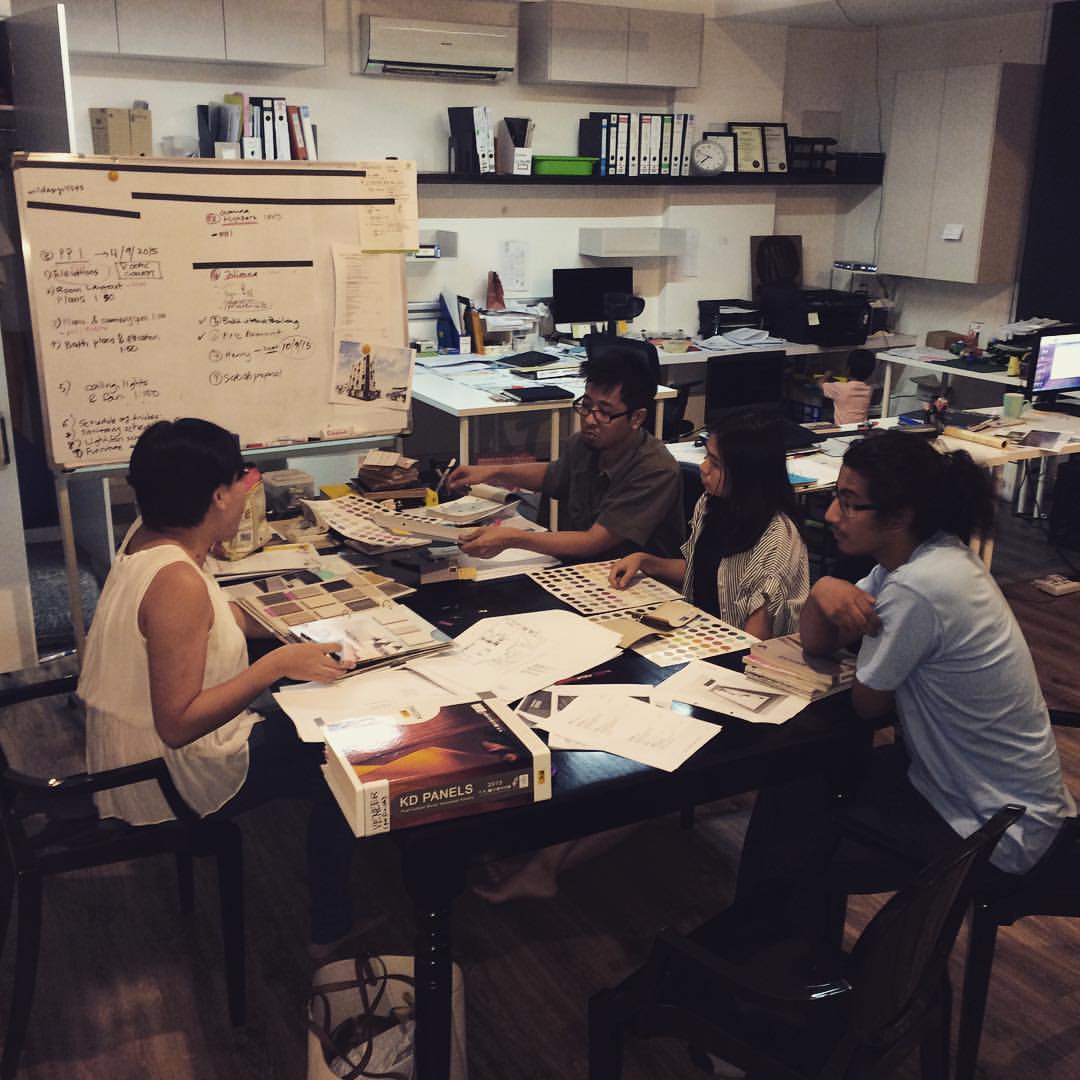
3) Settle the paperwork
If you are satisfied with the discussion and suggestions received from the ID, you can proceed with the formal hiring process.
Inform the ID as soon as you can so they can prepare all the documentation such as the contract, working permit and insurance application form. As the client, you might need to prepare the letter of award (depending on the ID’s request).
4) Project planning
The ID will then prepare and submit a project plan, work out timelines, and payment schedule for you, to meet your expected date of completion.
The ID may need to pad on more time depending on the type of home you have. For example, many high-rise apartments and condominiums have a strict schedule of when any renovation work can be carried out (e.g: weekdays, from 9am-5pm only).
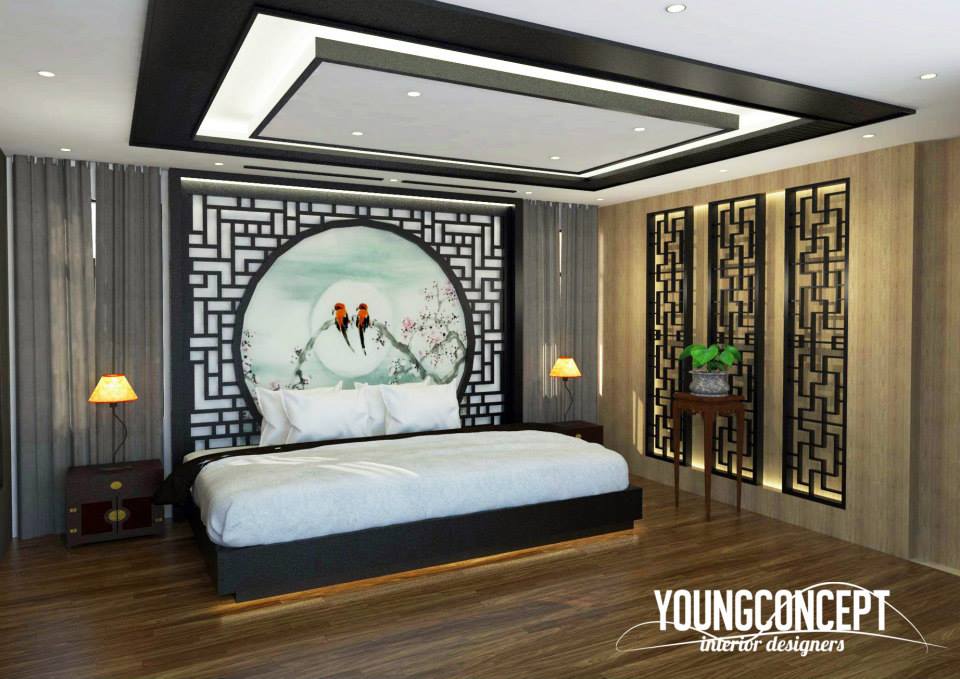
5) Measurements
This part of the interior design process involves taking detailed measurements of your home to prepare the initial sketches. You should also have given them your floor plan, as well as any design ideas discussed in step 2 above.
6) Initial sketches
Based on the theme and ideas you discussed, the ID will produce a rough sketch. Initially, this will be the basis of what can be added into the area and give you some idea of how the new space will look like. This will help you narrow down the ideas and help them move to detailed specs and 3D rendering.
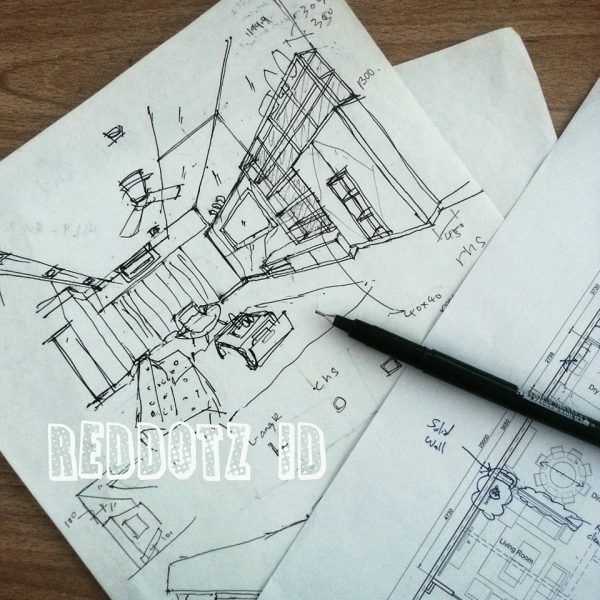
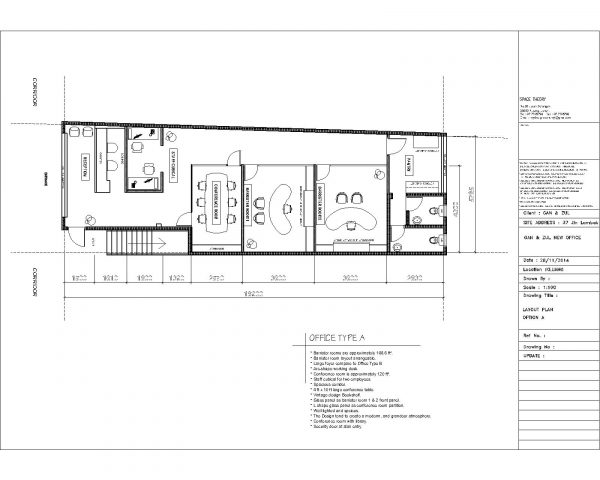
7) Technical specifications and interior detailing
Once you approve the initial sketch, the next step in the interior design process will be to prepare a detailed floor layout plan incorporating the technical specifications and detailing for the area.
Some of the details that will be nailed down include:
- Placement of air-con units
- Quantity and placement of various lighting such as downlights and spotlights
- size and placement of furniture and fixtures
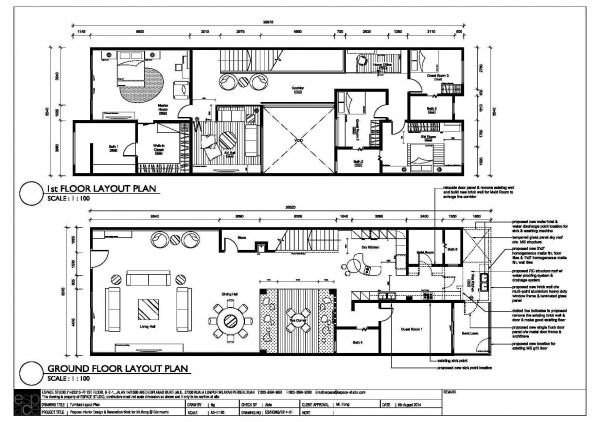
8) Illustration and 3D drawing
After you are happy with the specs and detailing, the ID will produce an illustration and 3D drawing incorporating all the exact measurement, colours and textures. This part of the interior design process will give you the best visualisation of how the new space will look like once the work is done.
Related: Some 3D rendering software tools also allow you to walk around the space and see it as if you were standing in it. We tried 6 free tools for a kitchen interior design and posted the results
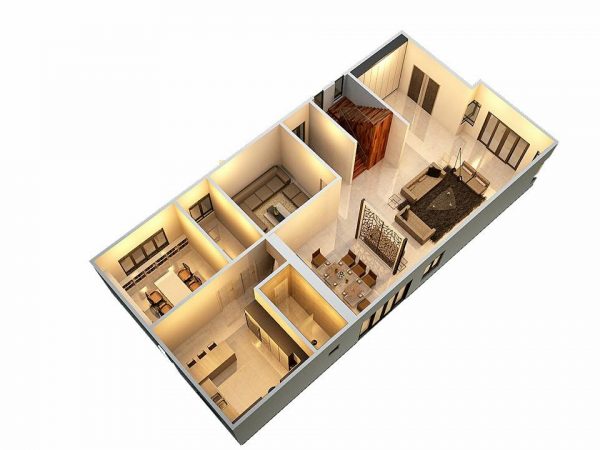
9) Material selection and procurement
The next step is to decide on the quality of materials for flooring, countertops, doors and other areas. A good ID will suggest materials that achieve the look while balancing durability and budget. For example:
- whether you want natural wood flooring vs vinyl flooring
- whether you want your walls to stencil painted vs wallpaper
- whether you want refurbished antique furniture vs new furniture
- whether you want granite kitchen countertops vs solid surface
The final choice of materials is up to you, so it’s best to do some research on the pros and cons of each before deciding.
The material quality and quantity has the biggest influence on the price, thus it may not be possible for your ID to offer any significant cost savings for you here. As such, you may want to source or procure the materials yourself if you are confident you know the exact details.
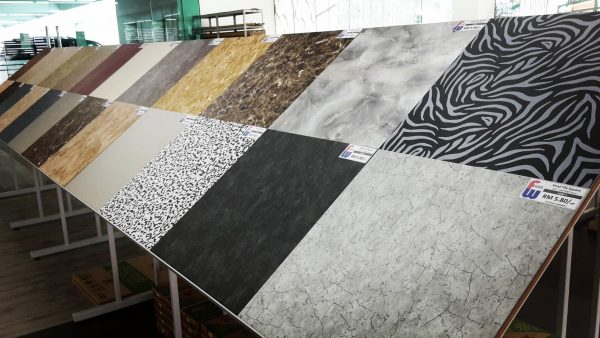
10) Dismantling and demolition
This is when the actual on-site work will start. If it is an existing house with fixtures, there may need to be significant demolition or hacking involved. There may also be time needed to dismantle all the built-ins to make way for the new design.
IDs may supply their own preferred contractor (or they may even have their own in-house team). However, other IDs who work as individual consultants will pass over their sketches, designs, material specs to a contractor (of your choice or hired separately) to do the work.
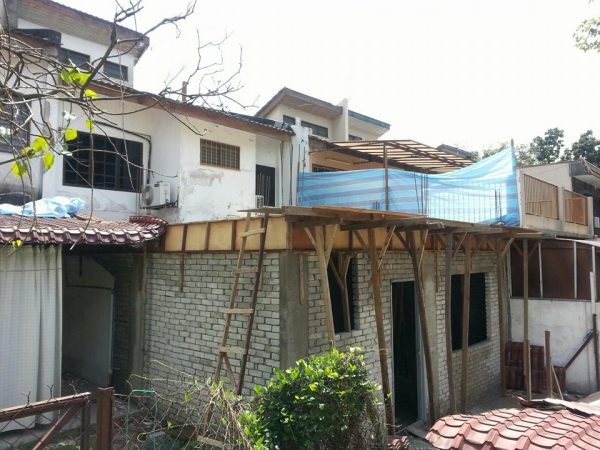
11) Installation
Once demolition and removal has been carried out, it’s time to prepare the plumbing, wiring and electrical conduits. They will also install the built-ins such as custom cabinets. At this stage, you should inspect the measurements, quantity and materials that have been delivered, before they are installed.
After the inspection and another round of measuring, it is time to put all the pieces together. For the cabinets, a carpenter will be brought in to do the installation, supervised by the ID. Other works such as tiling and masonry will also be carried out by the respective experts.
Finally, it’s time to install the lights, aircon units and fans. Painting will also be completed.
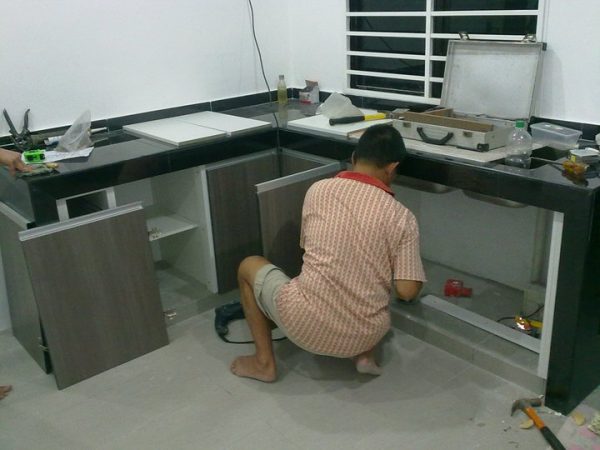
12) Furnishing
Once the work for the permanent and semi-permanent structures has completed, the ID will proceed to the furnishing work. This includes installation of curtains and blinds, arranging the furniture, hanging artwork on the wall, and accessorising the rooms with free standing lights, carpets, pillows and such.
Some clients prefer to jump in at this stage and make adjustments here and there while the ID is doing the final touches. Others prefer to be surprised, and will leave the decorating work completely to the ID.
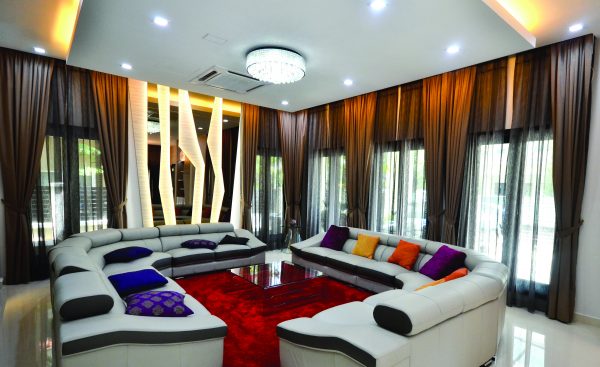
Enjoy your new home!
You made it! Your home redesign is complete, hopefully on time and on budget.
Completing a complex interior design process and renovation doesn’t just happen by accident. It requires a lot of research, effort and work on your side and the interior designer.
Recommend.my can introduce you to several recommended interior designers to suit your project requirements. We have hundreds of IDs available, complete with portfolio, ratings and customer reviews, so you are assured of quality service, reliability, and workmanship. Tell us more about your requirements to get started. Plus, you’ll get free estimates from different interior designers when you submit your quotes!








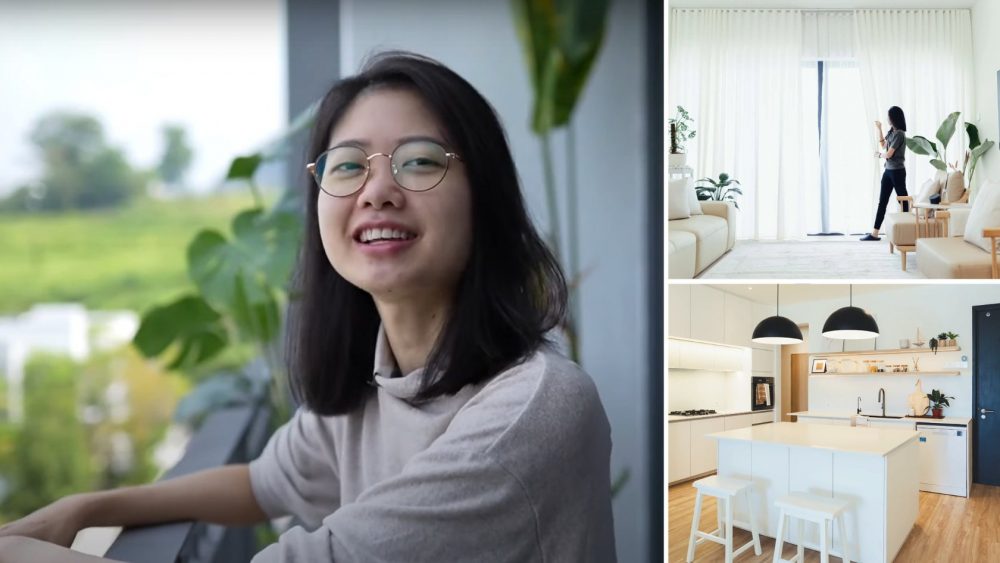
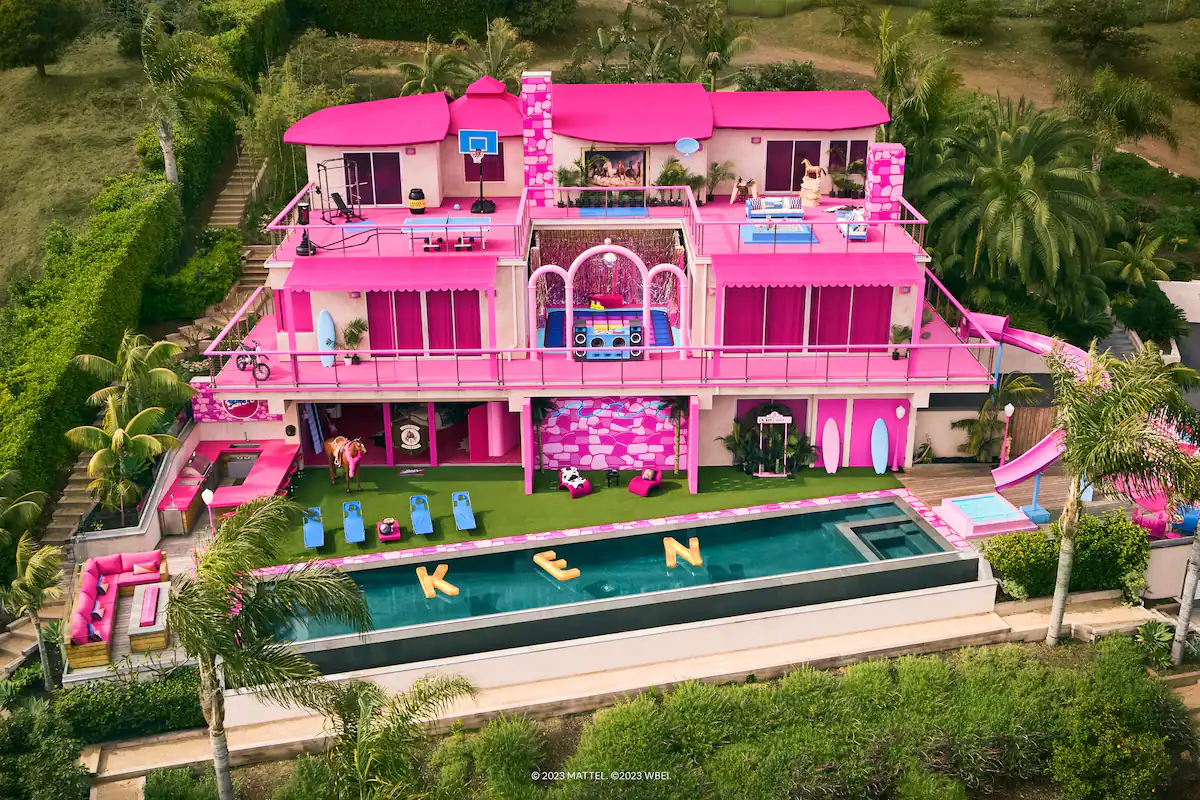


Pingback: What To Do After I Receive My New House Keys?
Pingback: 3D Interior Design Prices In Kuala Lumpur-Selangor, Malaysia | Recommend.my
Pingback: What To Do After I Receive My New House Keys?